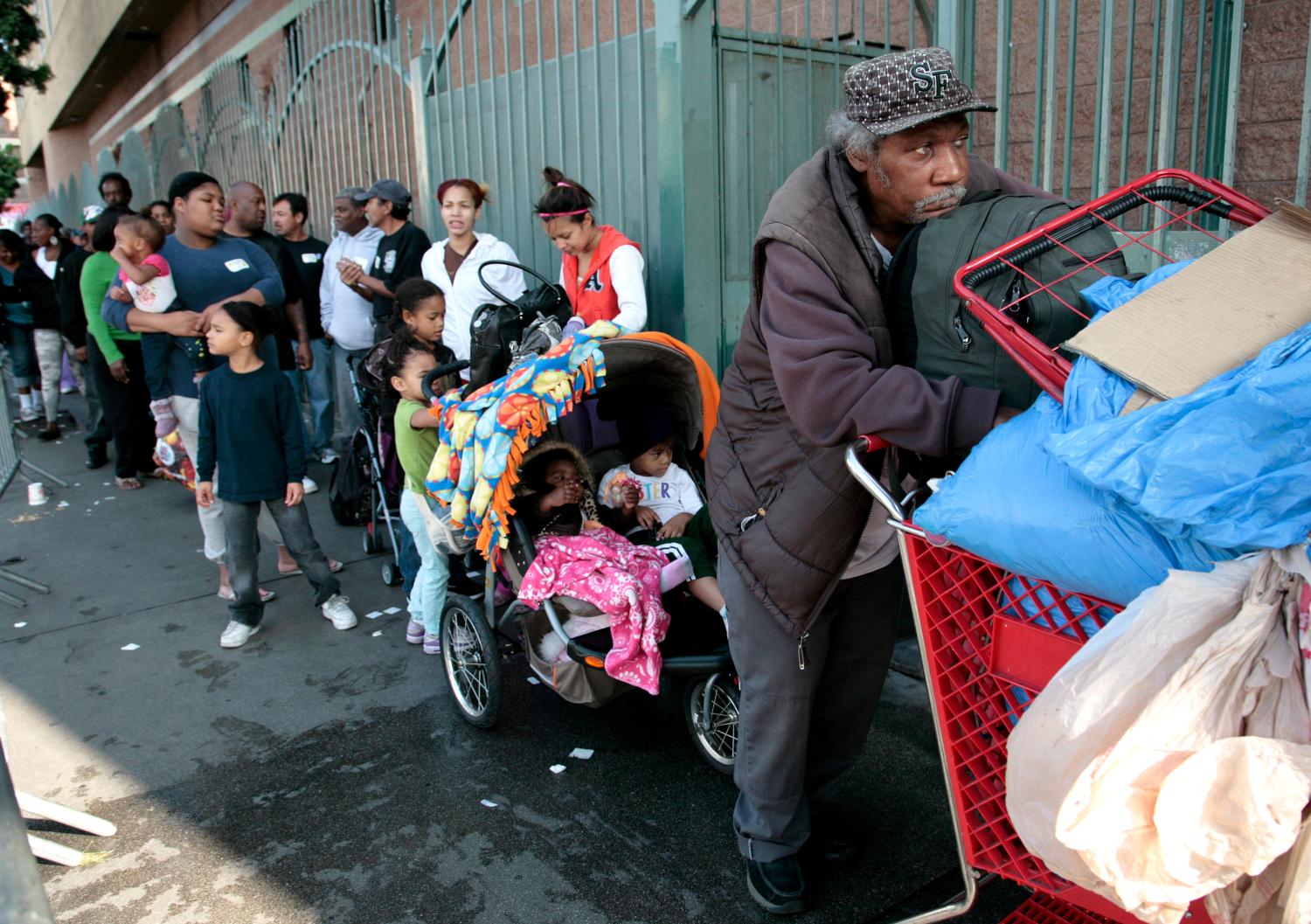Executive Summary
The question addressed by this report is how the Temporary Assistance for Needy Families (TANF) program responded to increased unemployment during the Great Recession. Enacted in 1996, the Temporary Assistance for Needy Families (TANF) program replaced the Aid to Families with Dependent Children (AFDC) program, changing the culture of cash welfare by imposing strong work requirements backed by sanctions and a five-year time limit on benefit receipt. In response, the rolls declined in record numbers, both because people left the rolls, most of them for work, and because fewer people entered welfare. Between 1995 and 2000, welfare rolls declined by more than 55 percent nationwide, while poverty among children in single parent families and among black children, both of which groups were disproportionately represented on the TANF rolls, fell to their lowest levels ever.
However, during the Great Recession that officially lasted from December 2007 to June 2009, as unemployment skyrocketed, TANF performance as part of the safety net was held by many advocates, policymakers, and researchers to be inadequate. This report analyzes this claim from a variety of perspectives. In the three studies report here, we examine changes in the TANF rolls in relation to two alternative measures of rising unemployment in each state and in relation to how the AFDC program responded during previous recessions. We show that the increase in the TANF rolls was greater—12 and 30 percent greater under two different methods— when examined during the unique period of rising employment in each state. We also show that TANF increased more in the recession of 2001 and the Great Recession of 2007- 2009 than AFDC did during previous recessions. We also show, as have a number of other researchers, that the nation’s safety net as a whole performed well during the Great Recession and prevented millions of people from falling into poverty.
In the second study, based on data from the Survey of Income and Program Participation, we found that as compared with the 1990 recession before welfare reform, single mothers were less likely to receive benefits from the TANF program during the 2001 and 2007 recessions. However, they were more likely to receive Unemployment Compensation, Supplemental Nutrition Assistance, Supplemental Security Income, and other work-related benefits and that the mothers took actions on their own, such as finding new jobs and living with other families, usually relatives, to counteract the income loss from increased unemployment. Thus, based on a broad measure of income, poverty among single mothers and their children was lower during the Great Recession than during the recession of 1990 before welfare reform.
In the third study, based on interviews with 44 directors of state TANF programs, we found that states had several sources of paying for increased TANF benefits, that the directors rated their state’s response to the increased unemployment during the Great Recession as at least adequate, and that the directors has several suggestions for federal actions that would help states respond appropriately to increased unemployment during recessions.
All in all, the American system of balancing work requirements and welfare benefits worked fairly well, even during the most severe recession since the Depression of the 1930s.




